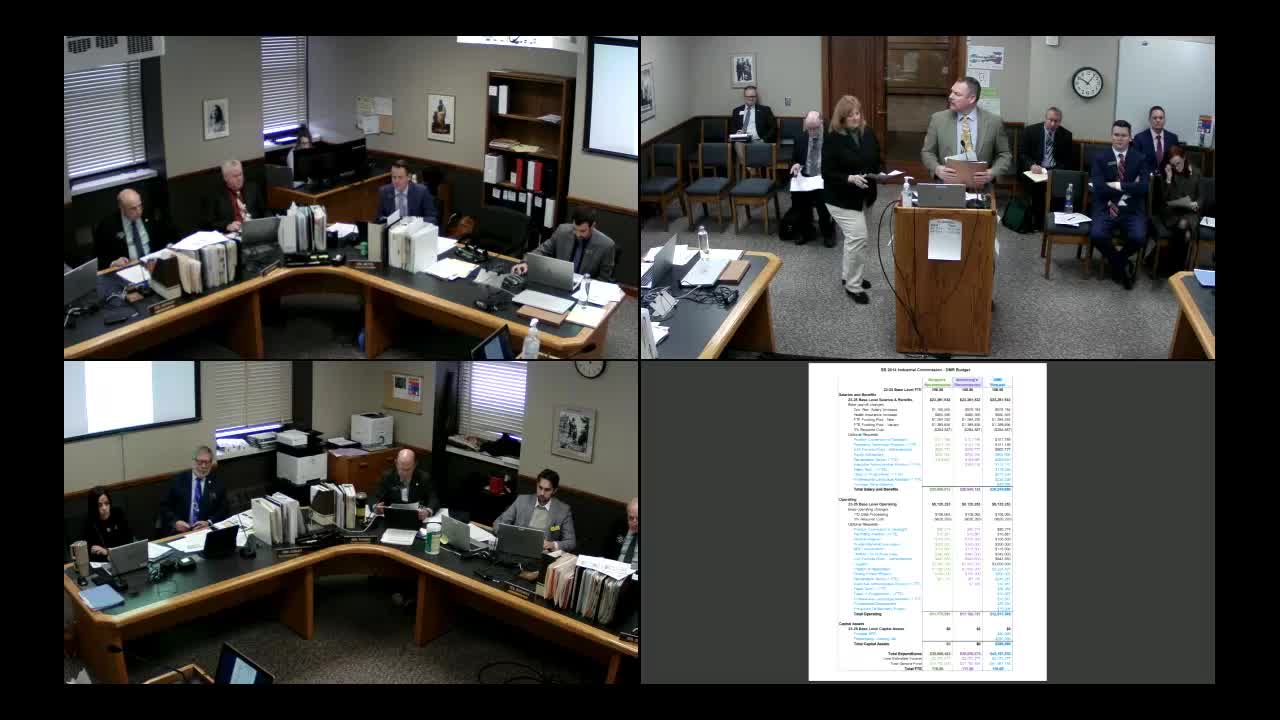State committee debates $300,000 funding for potential woolly mammoth excavation site
January 24, 2025 | Appropriations - Education and Environment Division, Senate, Legislative, North Dakota
This article was created by AI summarizing key points discussed. AI makes mistakes, so for full details and context, please refer to the video of the full meeting. Please report any errors so we can fix them. Report an error »

A proposed allocation of $300,000 for a woolly mammoth excavation has sparked significant discussion among North Dakota lawmakers, highlighting the intersection of paleontology and archaeology. During a recent Senate Appropriations meeting, questions arose regarding the necessity of this funding and its potential benefits to the state.
Senator Thomas inquired about the purpose of the allocation, prompting Mr. Murphy to clarify that the project falls under paleontology rather than archaeology. This distinction is crucial, as it involves the study of ancient life forms, specifically the woolly mammoth and other prehistoric species. The funding aims to investigate whether the site in question is a "kill site," which could provide insights into early human activity in North America.
Mr. Murphy noted that if the excavation confirms human involvement, it could represent one of the oldest known sites of its kind on the continent. The bones recovered from the site have been dated to approximately 13,500 years ago, underscoring the historical significance of the project.
This funding request, rooted in research dating back to 1988, emphasizes the importance of understanding North Dakota's prehistoric past. As discussions continue, the committee will weigh the potential educational and cultural benefits of the excavation against the financial commitment required. The outcome of this funding decision could pave the way for groundbreaking discoveries in the field of paleontology.
Senator Thomas inquired about the purpose of the allocation, prompting Mr. Murphy to clarify that the project falls under paleontology rather than archaeology. This distinction is crucial, as it involves the study of ancient life forms, specifically the woolly mammoth and other prehistoric species. The funding aims to investigate whether the site in question is a "kill site," which could provide insights into early human activity in North America.
Mr. Murphy noted that if the excavation confirms human involvement, it could represent one of the oldest known sites of its kind on the continent. The bones recovered from the site have been dated to approximately 13,500 years ago, underscoring the historical significance of the project.
This funding request, rooted in research dating back to 1988, emphasizes the importance of understanding North Dakota's prehistoric past. As discussions continue, the committee will weigh the potential educational and cultural benefits of the excavation against the financial commitment required. The outcome of this funding decision could pave the way for groundbreaking discoveries in the field of paleontology.
View full meeting
This article is based on a recent meeting—watch the full video and explore the complete transcript for deeper insights into the discussion.
View full meeting
